Bienvenidos - Welcome!
When you talk about scuba diving in Honduras, you talk about The Bay Islands, that consist of Roatan, Utila, and Guanaja. Together they create the ideal spot for travel or living in Honduras. Whether you are searching for a relaxing vacation, exhilarating diving, or a change of lifestyle, the Bay Islands have got you covered.
Guanaja is known for its natural beauty. The mountainous land is covered with pine trees.
Utila is located on the mesoamerica coral reef, it is a unique Caribbean island paradise.
It’s known for its easy access to a diverse range of activities like scuba diving and snorkeling.
Roatán is an island about 65 kilometres off the northern coast of Honduras. It is located between the islands of Útila and Guanaja, and is the largest of the three islands.
Info source by bayislandstourismbureau.org
Best time to dive?
In the Bay Islands, Honduras, good weather is abundant! No matter the month, you can enjoy the warm welcome of Caribbean paradise.
The best time of the year to dive near the Bay Islands is April–May when the weather is warm and dry. Moreover, March–April are some of the best months to spot whale sharks around the Bay Islands. Info source by rove.me
Best time to Dive?
In the Bay Islands, Honduras, good weather is abundant! No matter the month, you can enjoy the warm welcome of Caribbean paradise.
The best time of the year to dive near the Bay Islands is April–May when the weather is warm and dry. Moreover, March–April are some of the best months to spot whale sharks around the Bay Islands. Info source by rove.me
- {{ listingType.name }}
- prev
- next
Do you offer Diving services?
Promote your services and connect with divers
Are you a Scuba diver?
Join and get the best benefits for your next trip
Do you offer Diving services?
Promote your services and connect with divers
Are you a Scuba diver?
Join and get the best benefits for your next trip
Sea Life
More than 220 different species have been recorded in the waters of Honduras and the Bay Islands, which make up part of the lengthiest barrier reef in the northern hemisphere. These include whale sharks, hawksbill turtles, dolphins, West Indian Manatee, spotted eagle ray and yellow stingray. There are seahorses and spiny reef lobsters as well as the longlure frogfish, porcupine fish, secretary blenny, queen angelfish, and the spotted trunkfish. Info source by activecaribbean.com
Dive Sites
A wide variety of dive shops and resorts await you in Roatan, and sitting on the largest barrier reef in the Western Hemisphere. The diving environment in Guanaja is absolutely pristine as it is out of the main tourist path. Everything is in it’s natural state, which makes it a great place to see amazing sea life such as reef and nurse sharks. With over 17 dive shops and resorts on Utila, and sitting on the largest barrier reef in the Western Hemisphere,
it has coral reef surrounding the island, providing diverse underwater terrain and prolific sea life.
Info source by bayislandstourismbureau.org
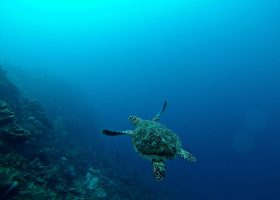
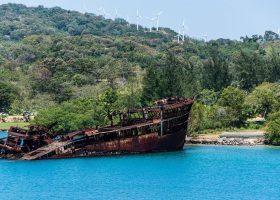
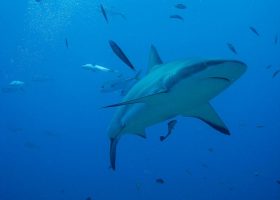
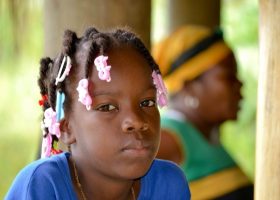
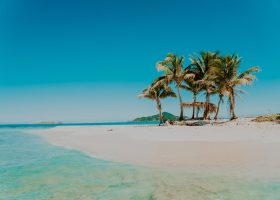


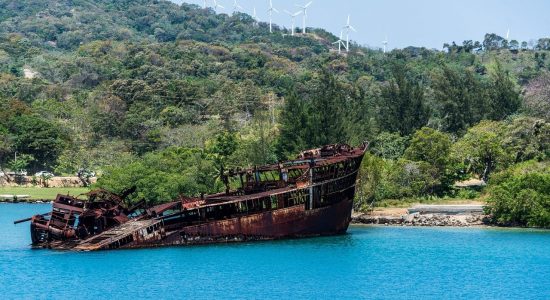
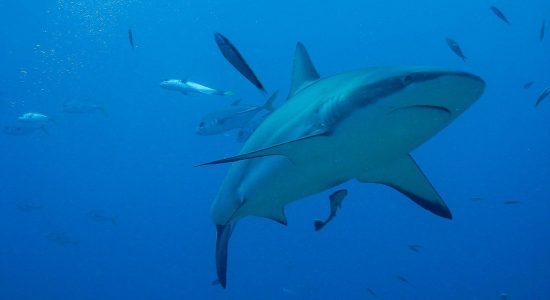
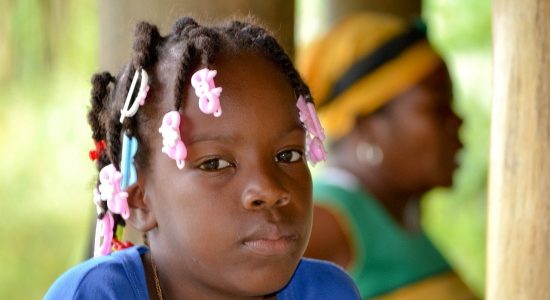

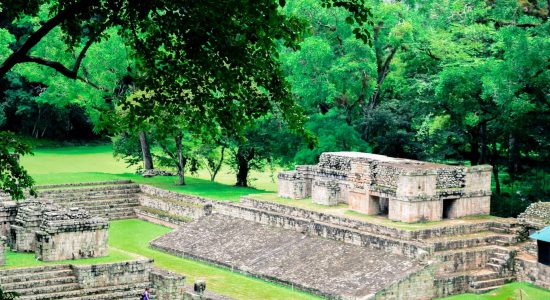
Scuba diving in ROATAN
Info source by roatanet.com
Mary’s Place
Located on the south side of Roatan and close to Brick Bay, Mary’s Place is definitely one of the most visited diving sites in the area. This amazing reef was created by volcanic activity and houses an abundant marine life.
Spooky Channel
You can start the dive in the Sandy Bay Lagoon at 60 feet and explore the main chamber where you will have an opportunity to see lobsters, starfish, and other fish life. In case you were wondering why they call it the “Spooky Channel”, it is probably because of a very low level of light in deeper parts of this amazing channel.
Dolphin’s Den
Dolphin’s Den site is located on the north side of the island and offers plenty of sea life including silversides and eels. Explore the underwater maze which features many tunnels that lead from one canyon to the next. The name of the dive site comes from an incident when several dolphins swam in the cave and drowned due to disorientation.
Calvin’s Crack
Perfect for intermediate divers, Calvin’s Crack features a narrow entrance from which divers descend head first into 20-meter deep waters. You will see clusters of case sponges, thin-leaf coral, elusive toad fish, and gorgonians. Depth ranges from 20 to 90 meters and at the exit you will see a spectacularly deep and steep wall.
Scuba diving GUANAJA
Infor source by dunbarrock.com
Michael’s Rock
This site is famous for its cracks & crevices. The maximum depth reaches to 70ft/21m. This is also a good practice dive before you do Black Rock Canyons.
The Pinnacle
This pinnacle is located in a channel, close to Guanaja Island. It stands on a sandy bottom at 135ft/41m, very close to the channel wall, & rises 80ft/24m to a point about 55ft/17m below the surface. Several varieties of black coral are attached to the pinnacle.
The Jado Trader
The 240-foot Jado Trader was a refrigerator freighter sunk in 1987 to form one of the richest artificial reefs in Guanaja. The Trader rests on a sandy bottom, completely intact and in waters between 80 and 110 feet (24 – 33 meters), suitable for experienced divers. The wreck is now nicely encrusted and the marine life around it excellent.
Black Rock Canyon
Created by volcanic action, this conglomeration of caves, tunnels, and deep cracks & crevices is one of the most exciting dives around Guanaja. It’s common to turn a corner, or come out of a tunnel and come across a sleeping shark or a big moray eel lounging in a hole.
Vertigo
This is a site along the barrier reef wall that has some spectacular drop-offs. As is true along the entire barrier wall, the beauty here is truly unbelievable. Black crinoids are found here.
Jim’s Silverlode
Jim’s Silverlode presents a tunnel along the wall at a depth of 70ft/21m which will bring divers into a sandy-bottomed amphitheater-like area populated by huge groupers, yellowtails, moray eels, and swarms of silverside sardines. This is an intermediate-level dive.
Scuba diving in UTILA
Info source by lenaonthemove.com
Raggedy Cay
The site is basically a coral wall dropping down to 30 m, with the top of the reef being at 7 m. The shallow top of the reef can, therefore, be explored towards the end of the dive before completing a final safety stop.
Raggedy Cay is home to lots of colorful coral formations as well as a large variety of marine life, including turtles, moray eels, spotted eagle rays, nurse sharks, triggerfish, groupers, snappers, and many more.
Halliburton Wreck
Probably one of the most famous dive sites around the island of Utila: the Halliburton Wreck.
Halliburton is a cargo ship that was sunk in the 1990s in a community-led project to create an artificial reef in the local waters. It lies at 30 m and sits perfectly upright on the sand, making it one of the most beautiful wreck sites I’ve ever seen. The wheelhouse at the very top of the ship was probably my favorite part of the wreck.
How to Arrive
BY PLANE: With numerous airline partners, it is easy to fly directly to Roatan. A friendly, bilingual staff is ready to greet you at the RTB airport in Coxen Hole. Airport greeters make the process even easier by assisting travellers with immigration forms, baggage claims, directions, etc. Meet your hotel’s driver, rent a car, or catch a taxi from the airport lobby and let your dream vacation begin!
Small, private planes can also be booked for flights between islands as well as to and from the mainland.
BY FERRY: There are two main ferry boats in the Bay Islands. It is recommended that you buy your tickets in advance to avoid any surprise delays, especially when travelling with large groups. However, tickets for both are available before each departure.
Return trips to La Ceiba on the mainland are made daily by ‘Galaxy Wave’.
Return trips to Utila from La Ceiba and Roatan are made daily by ‘Utila Dream’.
Info source by bayislandstourismbureau.org

